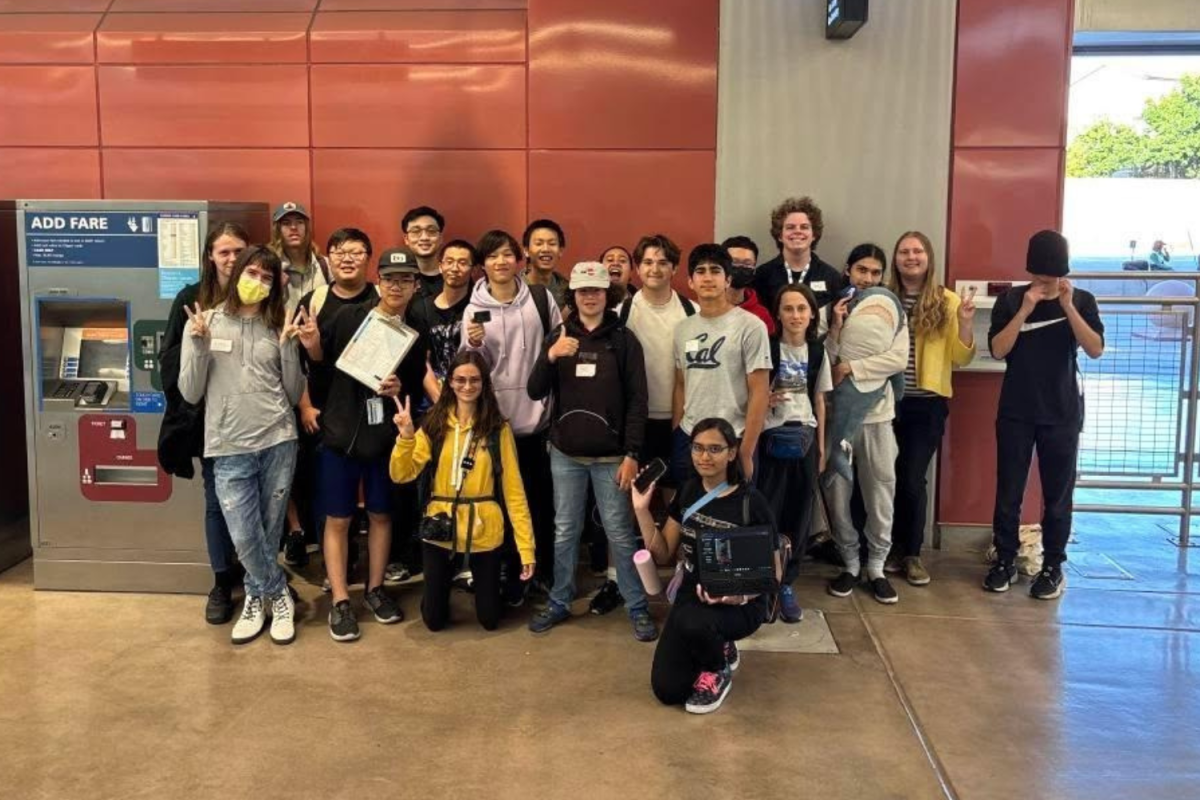According to Japanese folklore, it is believed that by folding a thousand paper cranes, a person’s dreams would be granted. This is known as “Senbazuru,” a superstition that has inspired since the early Edo period. Though most would scoff at the absurdity of this myth, I choose to stand by its power.
When I was younger, the language barrier between me and my grandmother made it difficult for us to bond. The most vivid memory that I shared with her was when she folded a perfect origami paper crane. I watched endearingly as each fold complimented the next, a medley of dexterity and craftsmanship. Despite my grandfather’s deteriorating health and her time-altered hometown, she was able to find solace in these creases and pleats alone. Our language barrier didn’t prevent me from understanding that she wanted me to try folding next.
In middle school, long before I understood the consequences of procrastination, I found myself folding paper grids minutes prior to exams. Folding origami was my refuge. With every crease, my mind delves further into the paper world as the toil of my expectations transforms into bliss. It took little time before I amassed a collection of about 150 paper sculptures, which demanded more space from my house than a whole bookshelf. Every new sculpture added to my collection comes out better than the last — the results of my hard work on full display. Whether I felt like crafting a dainty flower or a soaring eagle, each piece carried its own narrative, a piece of my emotion and identity. While others have their own role models and superheroes, I drew inspiration from origami more than anything else.
But like a sheet of scratch paper, this period of discovery was abruptly shredded apart. I had moved schools three times within the span of five years, each move leaving a deeper scar than the last. I felt as if a part of myself was torn and left behind every time I had to move. With my environment continually shifting, the only constant where I could find refuge was within squares of freshly cut origami paper. While the bonds of my old friendships wither with time, the art of origami extends a hand out to me, telling me to rise up and create something that truly inspires.
At my family’s chatty dinner table, I am occasionally asked by my family members about how my day went, which is usually met with nonchalant replies. Reflecting on these small exchanges, there are moments when I wonder how I want to shape my future. At this point in life, some of my classmates have already laid out a solid path that they want to pursue. However, my dream is just an unfolded sheet, open to impressions and inspirations. The cathartic relief of saving a patient’s life calls out to me just as much as the dramatic flair of a courtroom case. For now I’ll keep on folding my papers and enjoy every second of it. Maybe one day, amid a flock of a thousand paper cranes, I will catch a glimpse of my very own dream, coming true at last.










































































